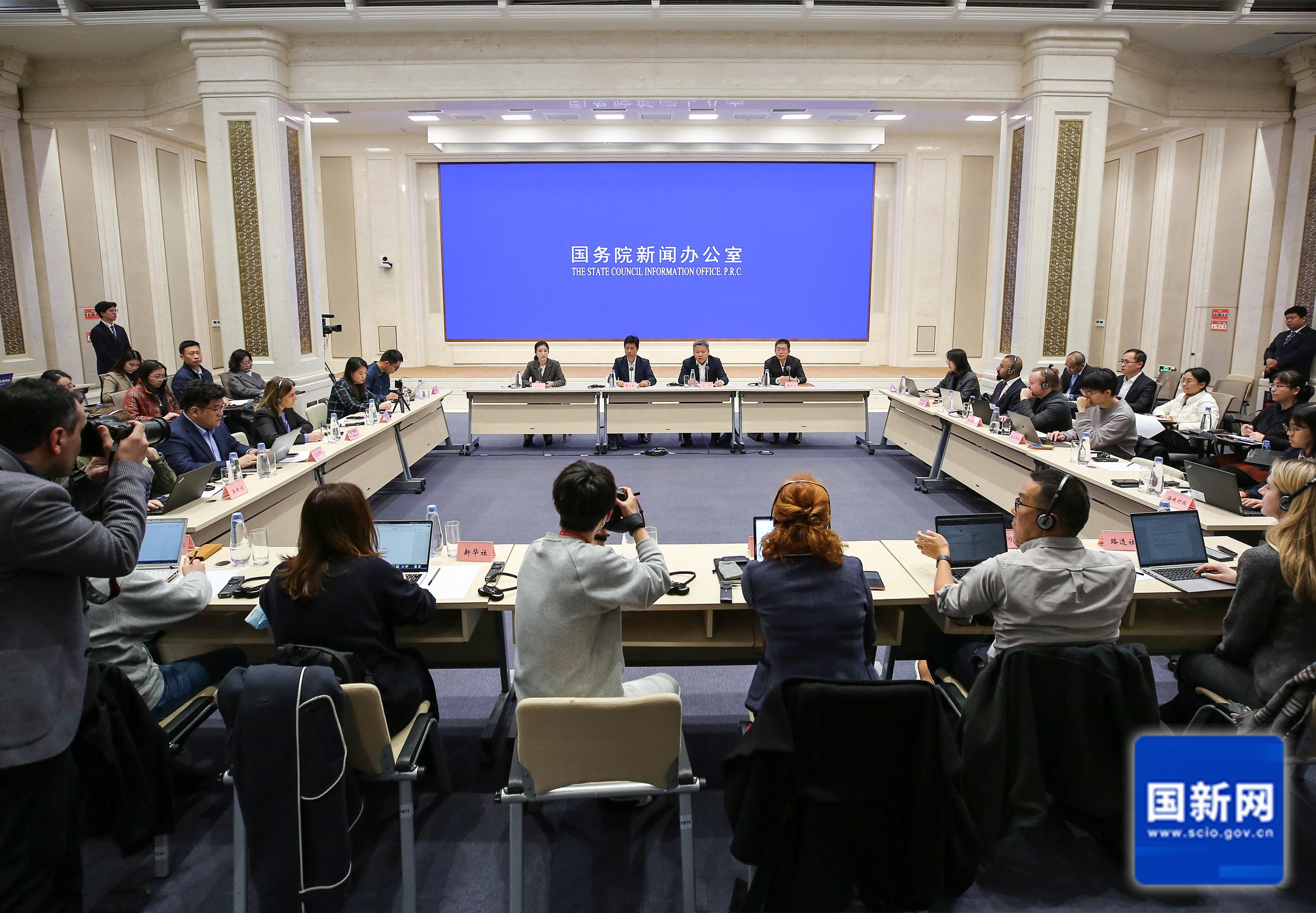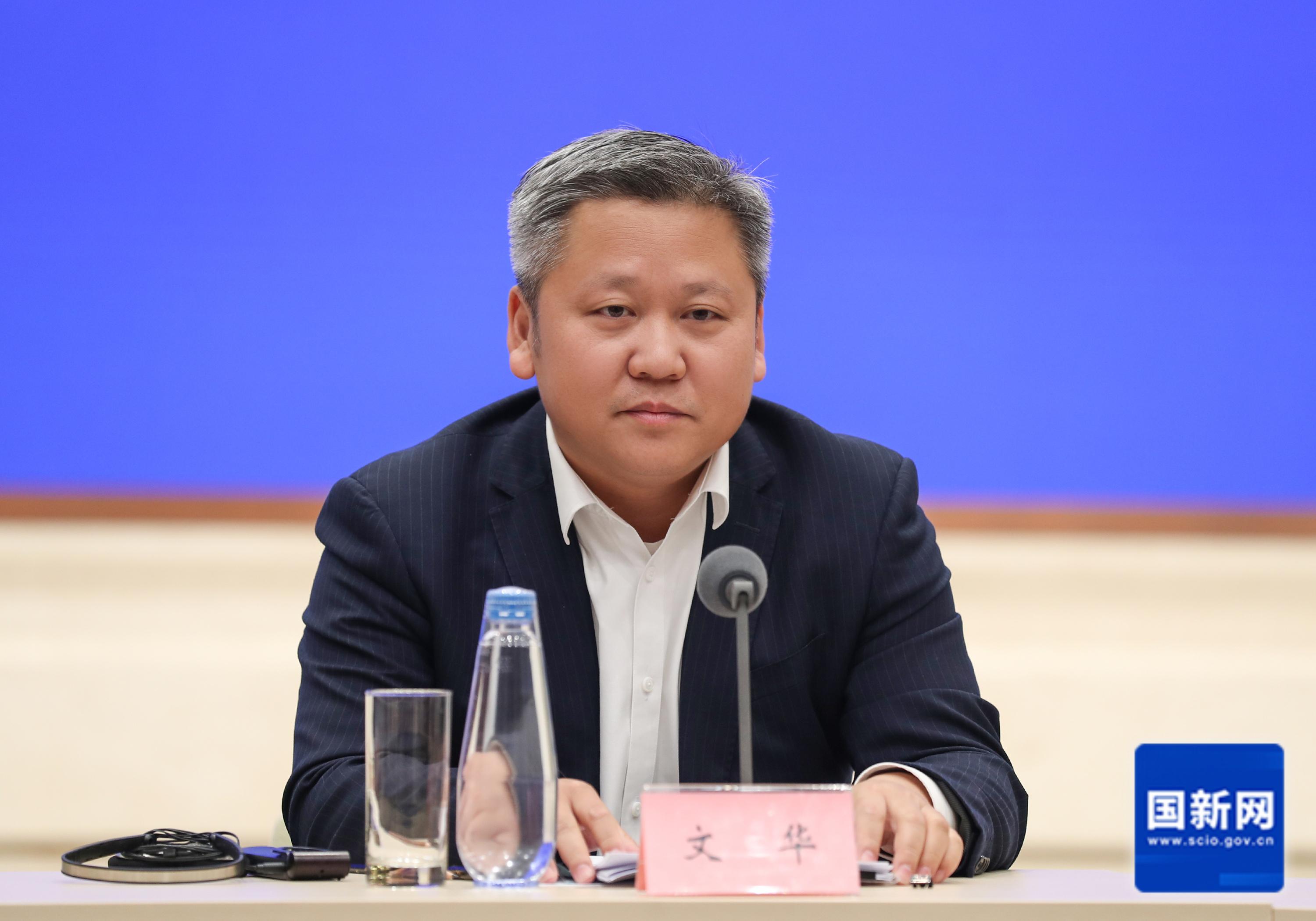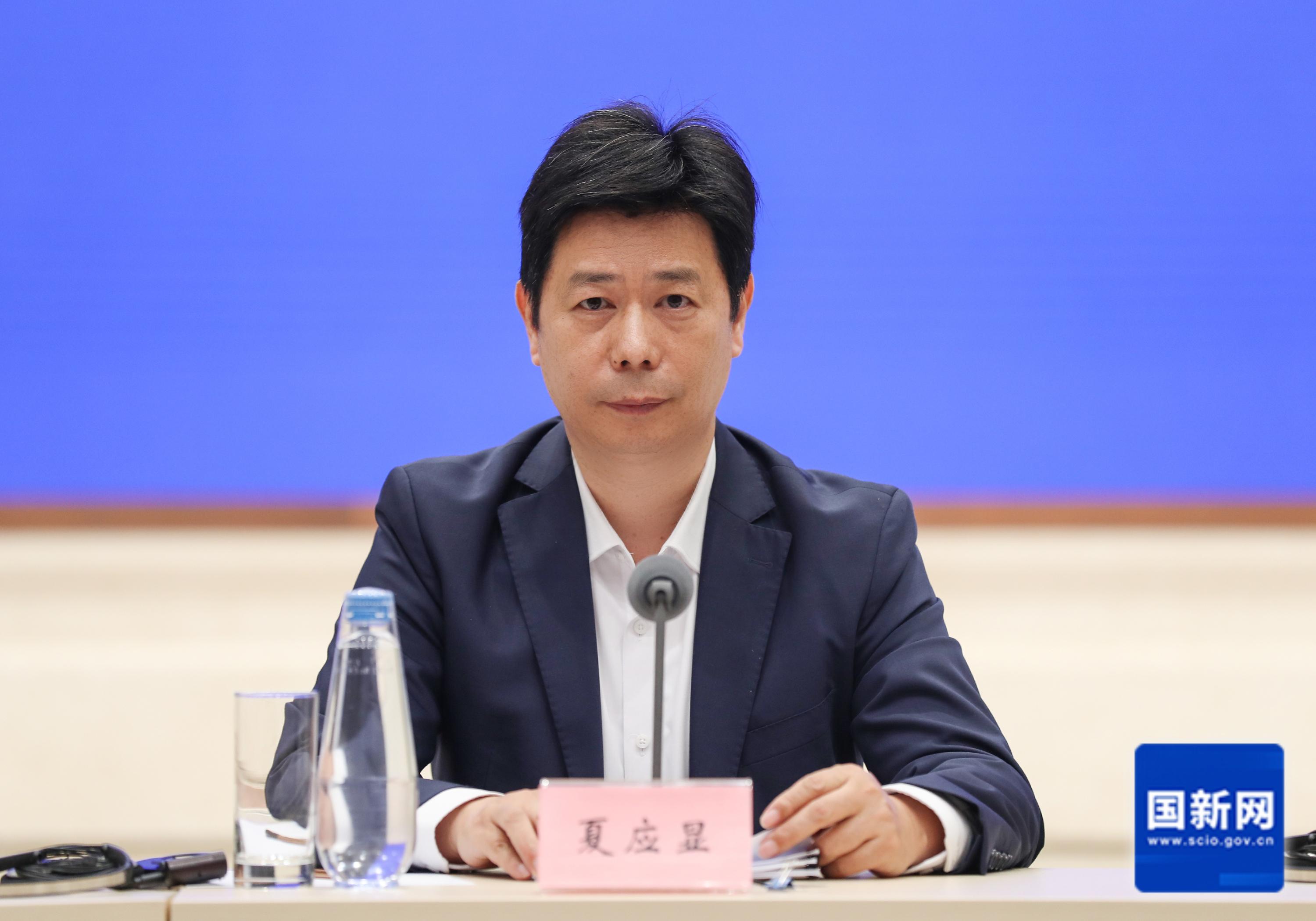China SCIO | November 4, 2024

On Nov. 1, 2024, the State Council Information Office holds a press briefing in Beijing on the topics of pursuing green and low-carbon development and actively responding to climate change. [Photo/China SCIO]
China has made remarkable progress in green and low-carbon development and has actively addressed climate change, officials said at a press briefing held by the State Council Information Office on Friday.

Wen Hua, deputy director general of the Department of Resource Conservation and Environmental Protection of the National Development and Reform Commission, attends a press briefing in Beijing on Nov. 1, 2024. [Photo/China SCIO]
Wen Hua, an official at the National Development and Reform Commission (NDRC), China's economic planning agency, highlighted the significant strides China has made since introducing its "dual carbon" goal in 2020. This goal has set China on a path to peaking carbon emissions by 2030 and achieving carbon neutrality by 2060.
Wen, deputy director general of the NDRC's Department of Resource Conservation and Environmental Protection, said that China's green development is demonstrated in six ways: its complete policy framework regarding the dual carbon goal, prominent progress in energy transition, industrial structure upgrading, an accelerated shift toward greener architecture and transportation, ongoing improvements to energy efficiency, as well as continuous work to increase its carbon sink capacity through forestation and other ecological efforts.
He emphasized that China has integrated its efforts regarding the dual carbon goal into its broader economic and social development strategy, citing this year's national initiative on equipment renewal and consumer goods trade-in as a notable example.
According to Wen, the country has allocated 150 billion yuan (US$21 billion) in special bonds this year specifically for supporting equipment upgrades in key areas as well as energy-saving and carbon reduction projects in priority industries. It is estimated that these projects will drive the renewal of over 2 million units of equipment, resulting in an annual reduction of approximately 25 million metric tons of carbon emissions, Wen said.

Dong Wancheng, deputy director general of the Department of Development Planning of the National Energy Administration, attends a press briefing in Beijing on Nov. 1, 2024. [Photo/China SCIO]
As a key part of China's green and low carbon development, China's energy transition has also made great achievements over the years, said Dong Wancheng, deputy director general of the Department of Development Planning at the National Energy Administration.
China is intensifying efforts in its energy transition, advancing both the supply and consumption of clean energy, Dong said. China's wind and solar power installations had reached 1.25 billion kilowatts as of September, with renewable energy comprising 54.7% of total power installations. On the consumption side, the share of clean energy consumption has grown by 10.9 percentage points over the past decade, while coal's share has dropped by 12.1 percentage points, he said.
While accelerating its own transition, China is also advancing international cooperation in clean energy, actively sharing high-quality clean energy products with the world through market-driven approaches, Dong said, adding that this has significantly lowered new energy development costs and accelerated global carbon reduction efforts.
In 2023, China's renewable energy generation equated to an approximate reduction of 2.46 billion metric tons of carbon emissions, while its exports of wind and solar products helped other countries cut about 810 million metric tons of carbon emission, he said.
Friday's press briefing was held ahead of the U.N. climate conference COP29, which is scheduled to take place from Nov. 11 to 22 in Baku, Azerbaijan.

Xia Yingxian, director general of the Department of Climate Change of the Ministry of Ecology and Environment, attends a press briefing in Beijing on Nov. 1, 2024. [Photo/China SCIO]
Xia Yingxian, director general of the Department of Climate Change at the Ministry of Ecology and Environment, affirmed China's commitment to playing a proactive, constructive role in supporting Azerbaijan's COP29 presidency. China aims to collaborate with various parties to set a new collective target for climate finance and advance negotiations on Article 6 of the Paris Agreement, he said.
Xia noted that China has consistently prioritized climate action domestically, achieving continuous progress by adjusting industrial and energy structures, implementing measures for energy conservation and efficiency, enhancing the carbon market, increasing forest carbon sinks, and building climate resilience.
While advancing domestic climate action, China has also actively and constructively engaged in global climate governance, and promoted South-South cooperation on climate change by providing support to developing countries, including African nations, small island states, and the least developed countries, Xia said.
To date, China has signed 53 memorandums of understanding on South-South cooperation on climate change with 42 developing countries, according to Xia. Nearly 100 projects on climate change mitigation and adaptation have been implemented, and low-carbon demonstration zones have been established in collaboration with countries such as Laos and Cambodia. China has also conducted over 300 capacity-building projects in climate-related fields, providing training for more than 10,000 individuals from over 120 developing countries, Xia said.



